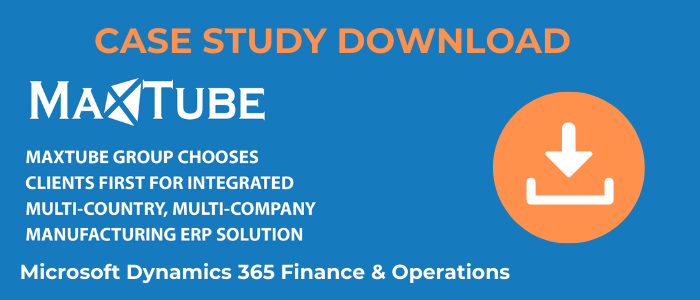When deploying Dynamics AX, you may wonder whether to deploy single-instance or multi-instance. Most organizations opt for single instance deployment, their argument being the topology lowers the total cost of ownership (TCO).

However, when looked at practically, a single-instance deployment does not always mean lower TCO. Prior to Dynamics AX 2012, organizations had to deploy multi-instance if they needed the ERP in multiple regions.
Today, since it’s possible to deploy a single instance of Dynamics AX to be used across different regions, the perceived TCO of the ERP is now lower .
With the TCO issue out of the way, it’s time for a thorough discussion on the benefits of single-instance and multi-instance deployments.
Why Deploy Multiple Instances of Dynamics AX?
Generally, smaller organizations doing business within smaller, defined geographic regions will be fine with single-instance deployment. However, large corporations with multiple geographic reach will find multi-instance deployment a better option.
To enjoy the full benefits of a single-instance deployment, organizations must have master data structures and aligned business processes before implementation. Single instance works best when:
- The business is fairly homogenous
- The business processes are fairly harmonized
- The setup master data is fairly normalized and harmonized
If your organization falls short in any of the above statements, you should look at the pros and cons of both deployment topologies before making a choice.
Below are three reasons why multi-instance deployment may be more beneficial:
1. Writing Multiple Modifications
On the surface, writing a modification and deploying it across all departments in the organization looks more efficient. However, for large organizations with multiple stakeholders that need to approve product designs or changes, the TCO fails to be attractive.
When assessing topology deployment, consider the time it will take to get modifications approved across a five period.
2. Deploying Multiple Templates
For simplicity purposes, many organizations build AX templates and deploy them across different departments. However, for businesses with diverse operations (manufacturing, distribution and retail), a single template deployment will not make sense.
3. Cost of Upgrades
Most organizations that opt for single-instance deployment infer to the expected cost savings of the deployment. It’s true that there may be cost benefits with single-instance deployment. However, the cost savings are not always realized.
Upgrading modifications written for use by different business units is not straightforward. Moreover, it is not easy to upgrade a system that contains the full database of the organization.
In a multi-instance deployment, organizations can delay the upgrade process to allow for sufficient data migration time.
Multi-Instance Deployment Approach
If your organization is running multiple business processes e.g. manufacturing, distribution and retail, and also operates globally, deploying multi-instance Dynamics AX will make sense. With this deployment, the geographical spread and business are important.
A Master Data Management (MDM) system is the core of a multi-instance deployment. In most deployments, Dynamics AX is used as the system-of-record. However, having a purposely-built MDM solution is better.
The MDM will have to work with complementary systems such as Product Data Management (PDM), Product Lifecycle Management (PLM), ecommerce and other ERP systems to master data. With a proper MDM system set in place, integration becomes easier.
If you are leaning towards multi-instance deployment, your organization must have a clear data warehouse strategy that will make it possible to analyze data gathered and cross checked across the entire business.
With the appropriate tools and a proper MDM strategy, the MDM system can be customized to enable mapping of information of each business unit. Mapping will provide the departments some degree of autonomy in determining the categories that will work for their requirements.
The idea of a multi-instance deployment is to allow some extent of freedom to each business department when deploying Dynamics AX. Whether an organization’s accounts tool is required is usually a matter of policy. However, you can use financial consolidation solutions to ensure financial data can be sent direct and accurately into the organization’s financial platform.
Which Instance is Right for Your Organization?
The decision on which deployment instance to opt for is not technical one. Rather, it is business-related.
Dynamics AX 2012 now supports retail, distribution and manufacturing. This may explain why support and preference for single-instance deployment has grown stronger.
 Dynamics AX: Multi-Instance vs. Single-Instance Deployment">
Dynamics AX: Multi-Instance vs. Single-Instance Deployment">
